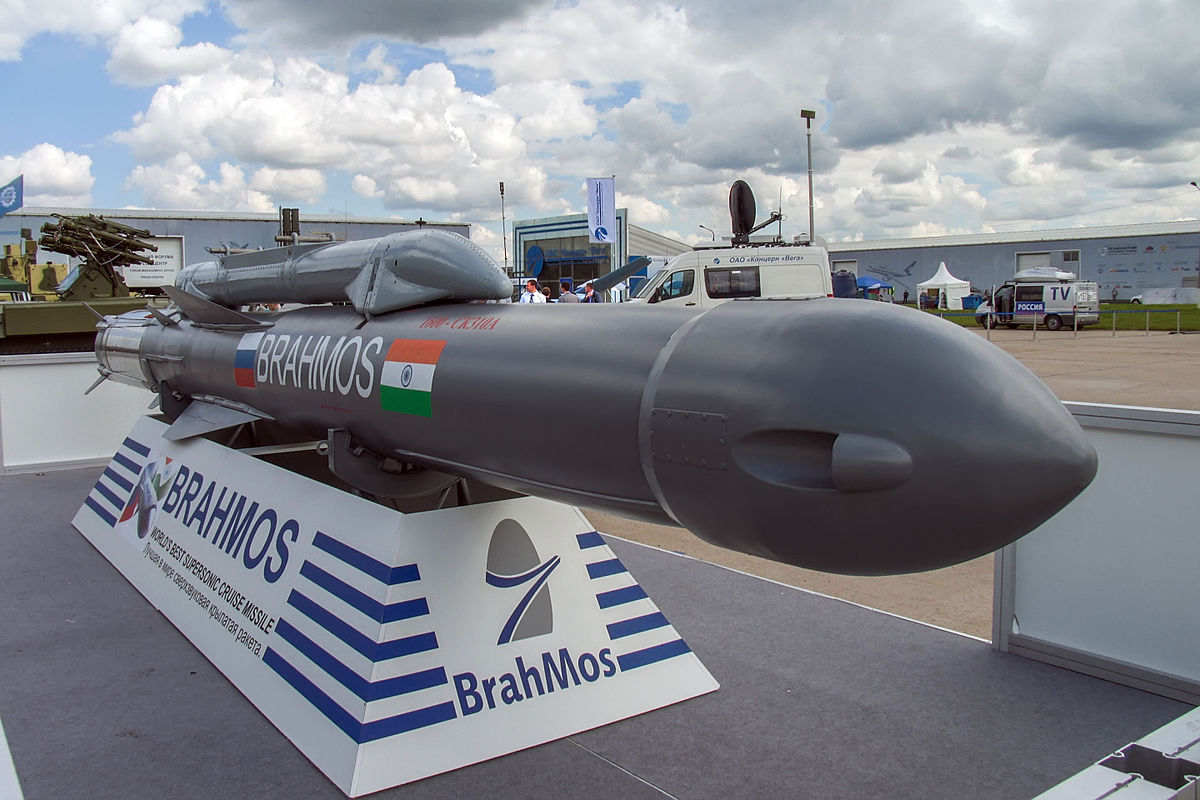In order to make an impact and export its weapons and equipment in the highly specialized and technology driven defence ecosystem, India needs to focus on several strategies to gain a foothold. At one level Indian companies have to get integrated in the global supply chain and move beyond low end technology sub-systems. The announcement by Boeing, that Tata-Boeing Aerospace Limited at Hyderabad, will become the hub for manufacturing of fuselages for AH-64 Apache helicopters and that the fuselage for the six Apaches to be supplied for the army by Boeing will also be manufactured at this facility, is an example which needs to be replicated.Other examples are of Dynamatics that has become the single source supplier for the Chinook Aft Pylon and the cabin. It is through such tie-ups that India can go higher up in the value chain in the defence manufacturing ecosystem.
The “Export Booklet” in the Defence Production website has listed the weapons and Systems manufactured by India under five broad categories, Land Systems, Naval Systems, Air Systems, Communication Systems and Other Systems. Some of the listed products have been designed and developed in India like BrahMos Missile, PINAKA MBRL, Dhruv helicopters, Naval Corvettes, Akash Missile System, and are in operational service by the Indian Armed Forces. The major sub systems exported are light engineering mechanical parts and spares for radars and electronic systems and are largely driven by the private sector companies.
However the share of defence related items to total exports from India is not very significant as per the databank of Ministry of Commerce for 2018-19. Amongst the three categories of defence related exports; Ships boats and Floating Structures have the highest share in total exports at 1.7% followed by Aircraft Spacecraft and Parts thereof at 0.5%. The share of Arms Ammunition and parts thereof is very low at 0.03%. India’s strategy will have to give much greater thrust to its core strength areas in naval craft, offshore patrol vehicles and interceptor boats, torpedoes and sonars, helicopters, avionics, radars, communication and electronic warfare systems, software defined radio sets. At the same time there is a need to ramp up supply in sub systems and spare parts.
Strategic Engagement for export promotion
Along with this approach, India needs to dovetail export of defence weapons and systems with its policy of developing strategic engagement with friendly countries as part its foreign policy objectives. India recently introduced some policy measures to give a thrust to defence exports by introducing a Scheme of ‘Export Promotion of Indian Defence equipment manufactured in India” wherein Defence Attaches’ have been delegated responsibility and budget towards exploring new exports and promoting export oriented activities as part of their charter of duties. The scheme has listed 85 countries into three categories according to their export potential.
Another initiative has been the use of Line of Credit as a means to build strategic relationships with friendly foreign countries to give a boost to Defence exports. Therefore, along with this broad-based approach a segment wise country approach also has to be adopted to target specific regions like the South East Asia region, the Central Asian Republics, some countries in the African region apart from the counties in the immediate neighbourhood like Myanmar, Maldives, Sri Lanka etc. with a view as to deepen strategic engagement through export of weapon systems on a defence partnership basis and build long term association for product support, upgardes and life extension.
Documentation and processes for exports
India needs to bring out a comprehensive document which contains the process flow to facilitate countries who wish to import weapons and systems from India. The document should not only indicate the stages involved and the time-frame to get the requisite approvals, and export clearances etc. for export of weapon systems and platforms but also the role of Government of India in the process. The document should also clearly define the modalities of acquisition of the weapon system/equipment and the pricing methodology for the countries to be provided those systems on Government to Government basis. Department of Defence Production has issued some guidelines, but they are primarily for defence PSUs. Clarity is needed on whether the foreign partner country can hold direct commercial negotiations with the manufacturer or should the Indian Government offer expertise and assistance for the commercial aspects of the proposal. The Foreign Military Sales procedure of USA provides both options to partner countries and levies an administrative charge when the acquisition is done by US Government on behalf of partner countries.
While exports on commercial basis can be one channel for defence exports, the Government to Government route with involvement of the Government of India will achieve greater dividends. However, this would require establishing a simple and transparent procedure to facilitate defence exports.

Excellent article. Very well researched thoroughly investigated.
Good article. Flags several important issues relating to increasing India’s Defence Exports. Tie-ups with foreign manufacturers for coproduction involving Defence PSUs and Ordinance Factories, in (public-private partnersip or) collaboration with private sector giants like the Tatas, L&T etc. could be a thrust area.
Ordnance Factories, in particular, should explore feasibility of securing a foothold in the export market of developing countries through a system of sub-marginal cost pricing, even covering only the bare prime costs. But for that to succeed in scenario of separated self-sustaining budget, they may need budgetary support from the Ministry.